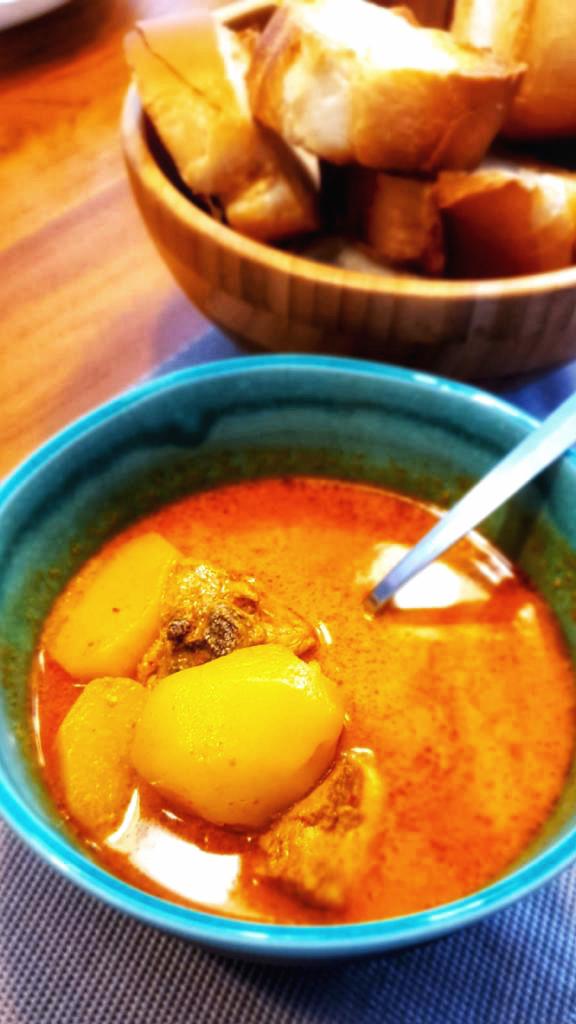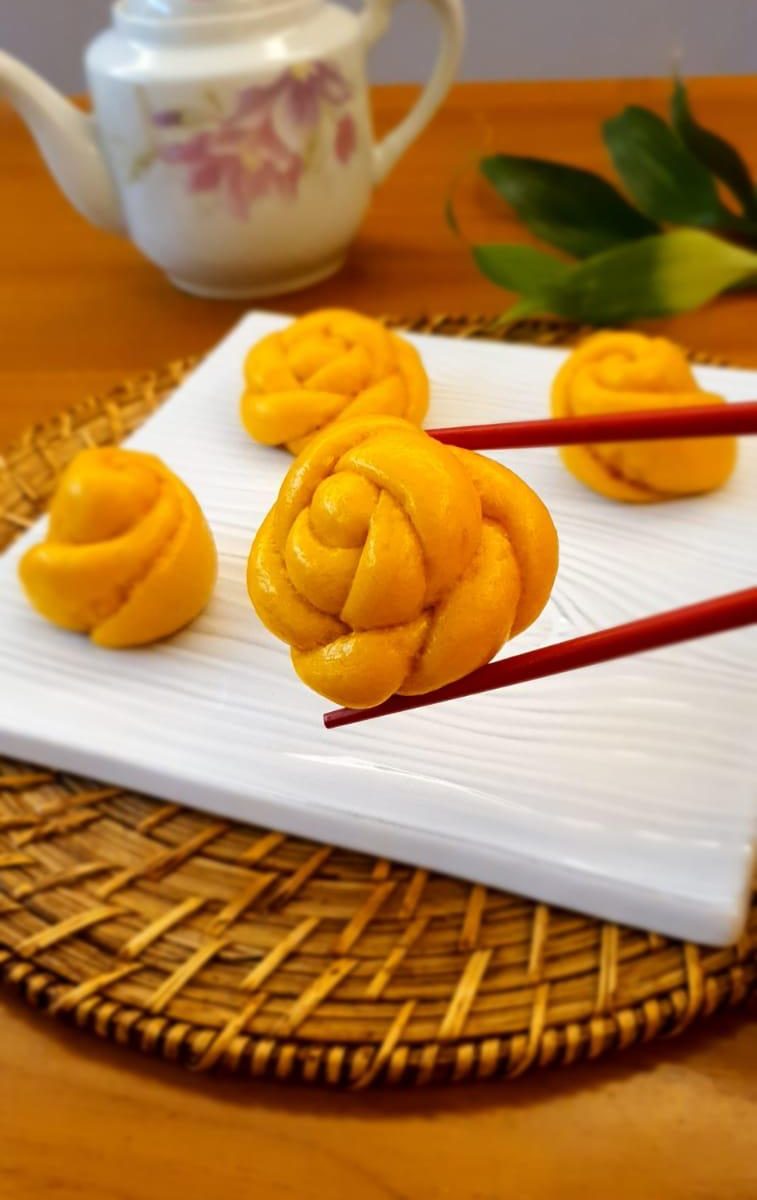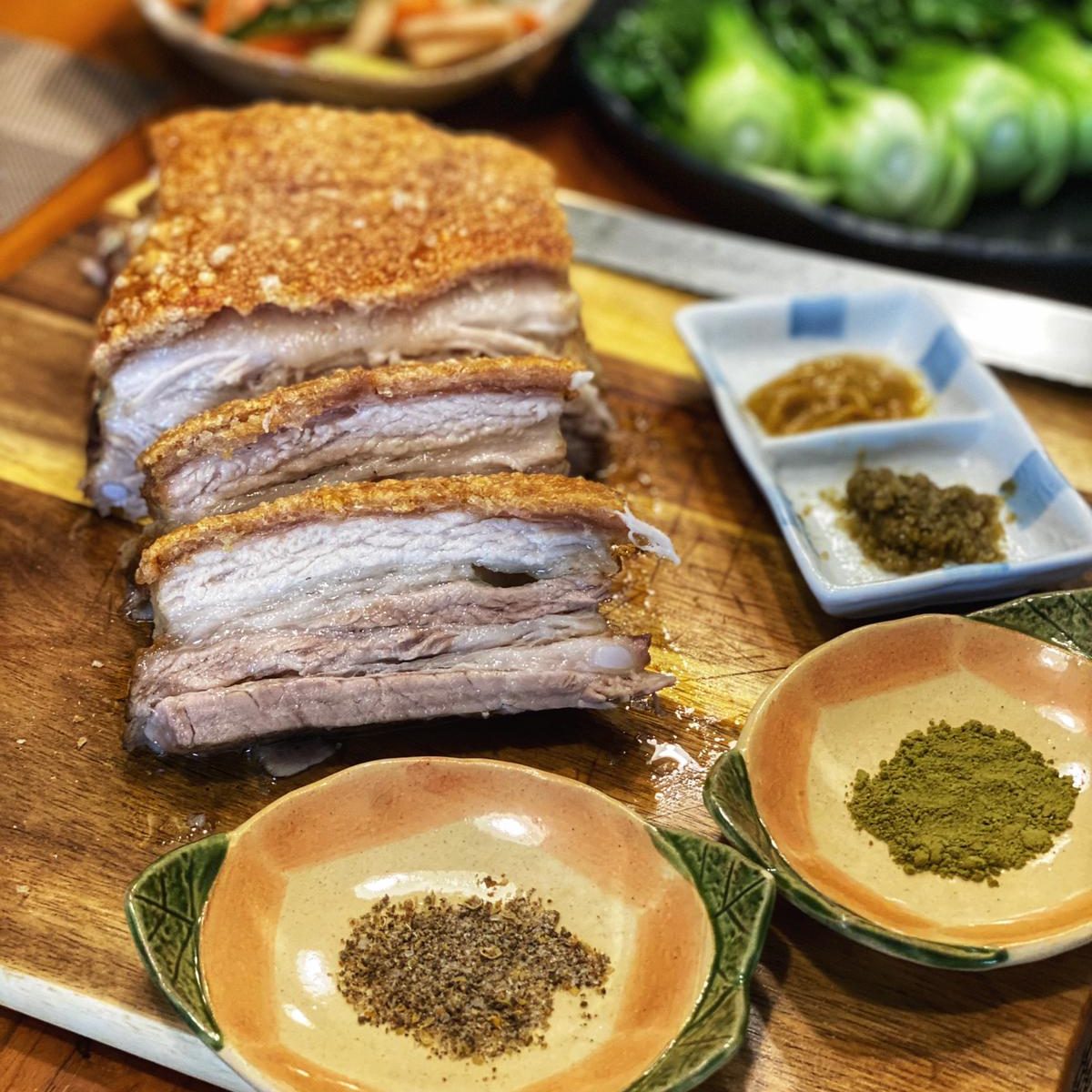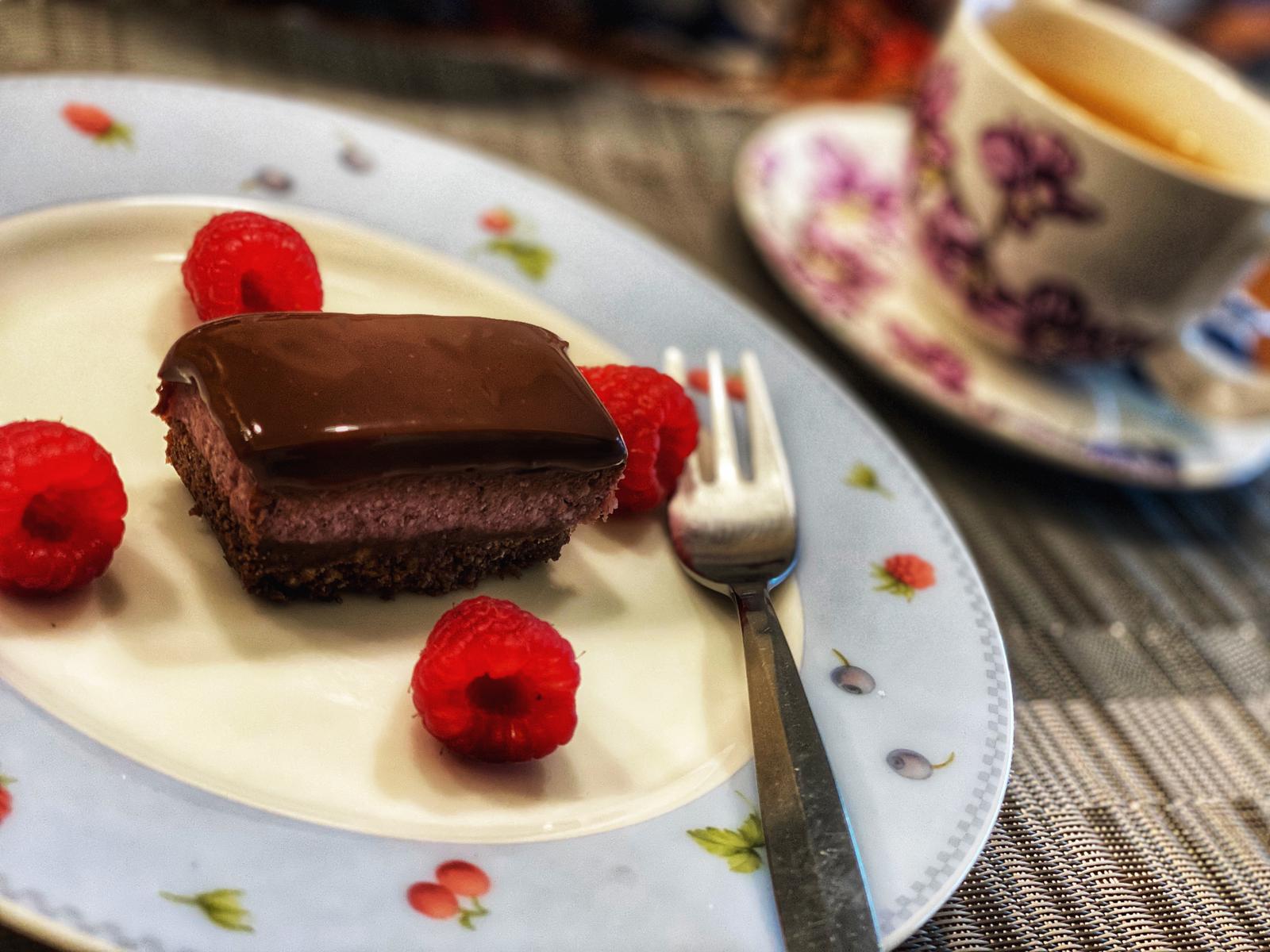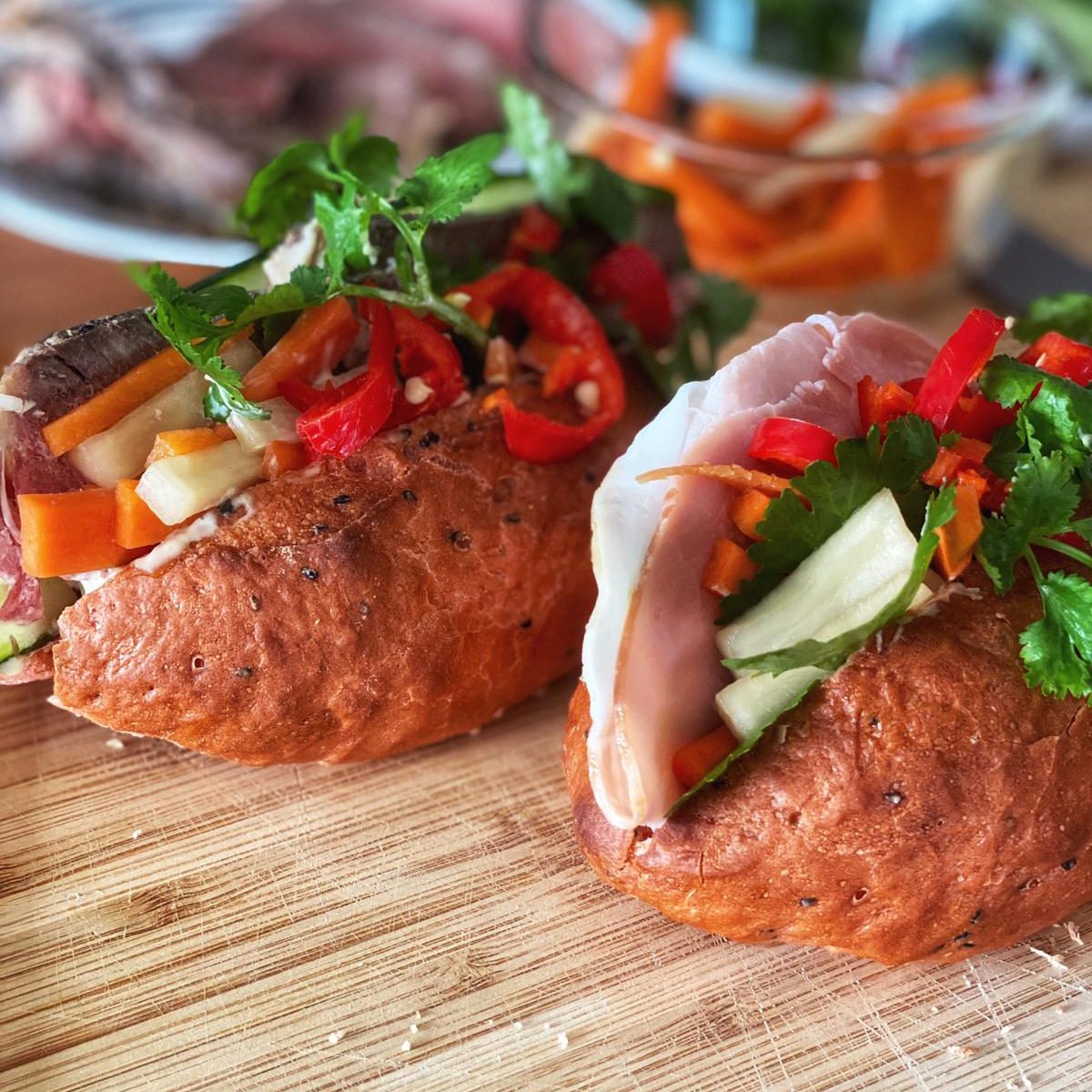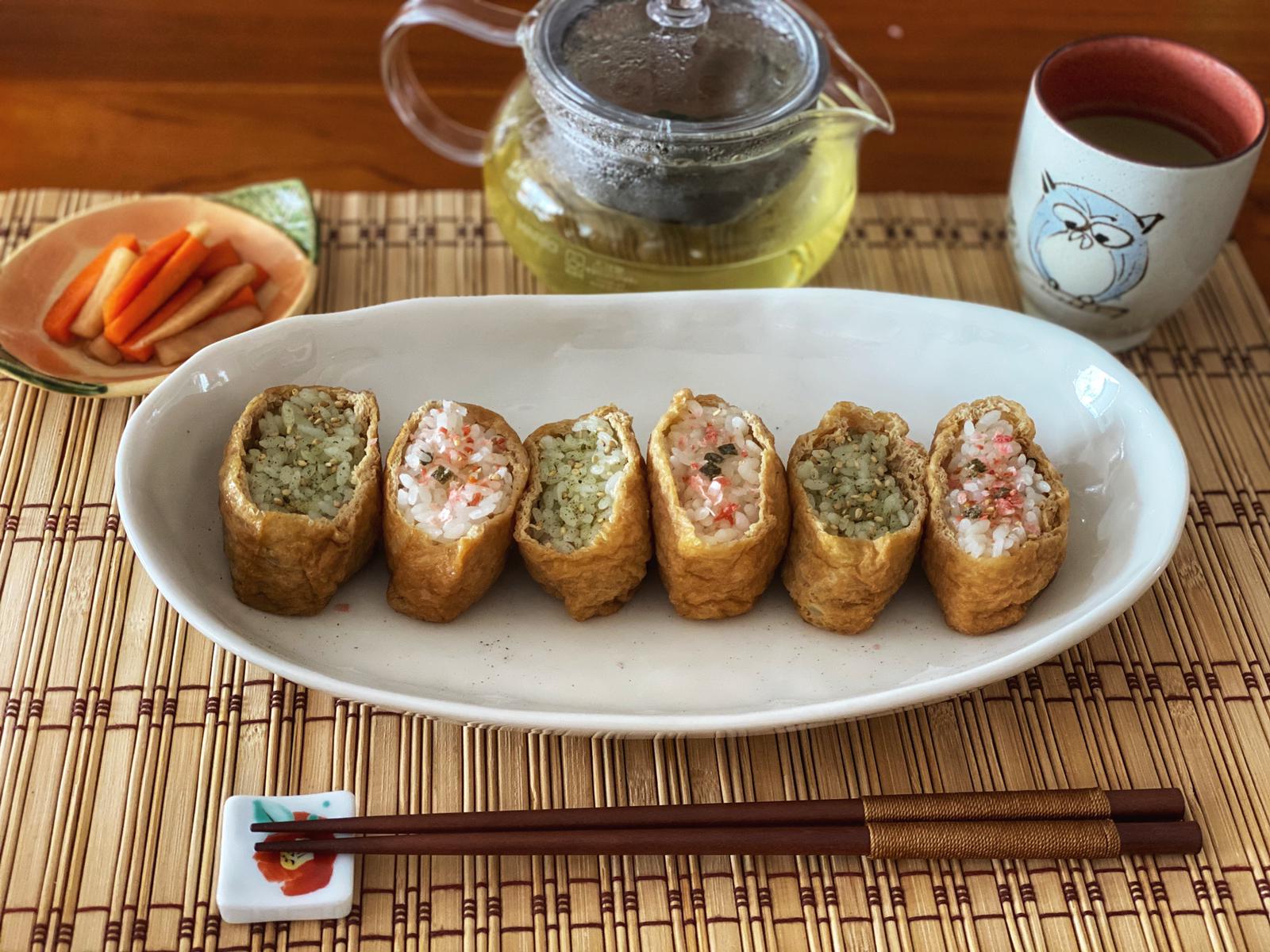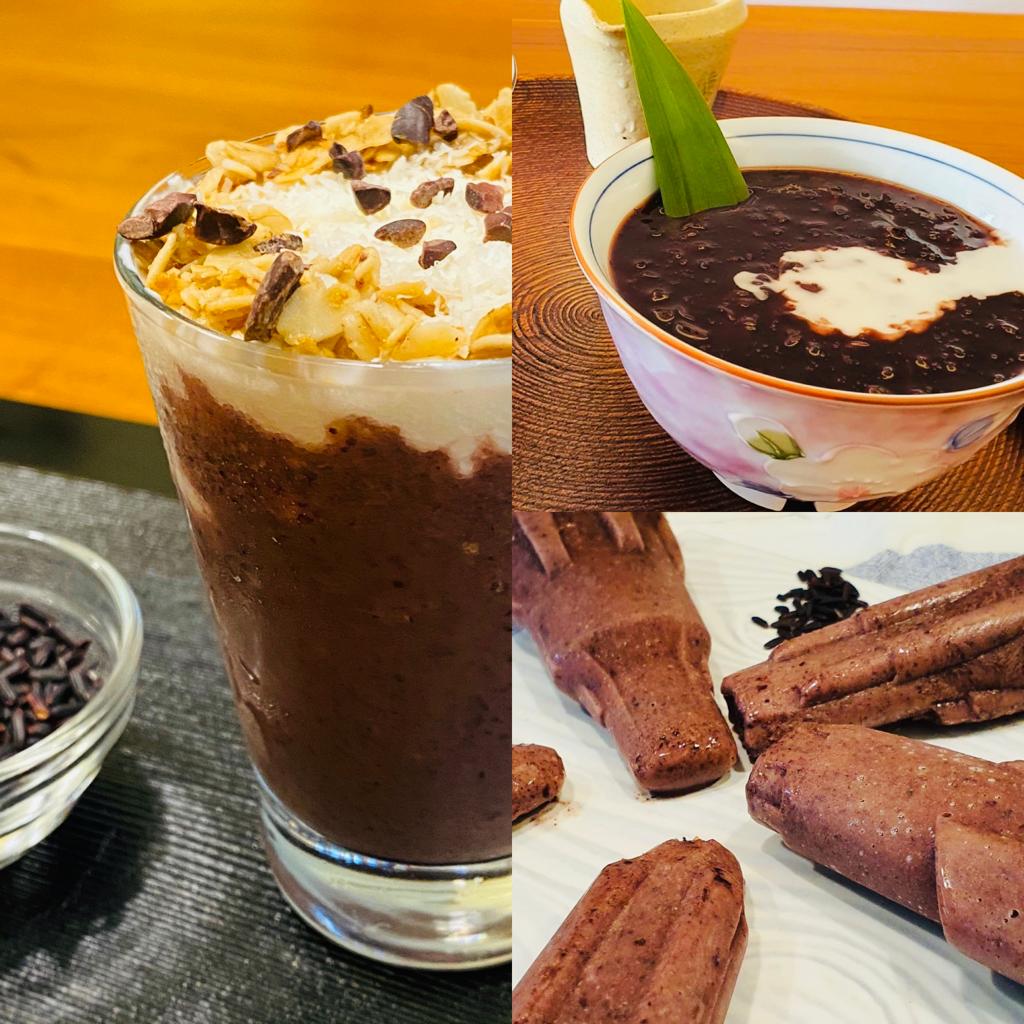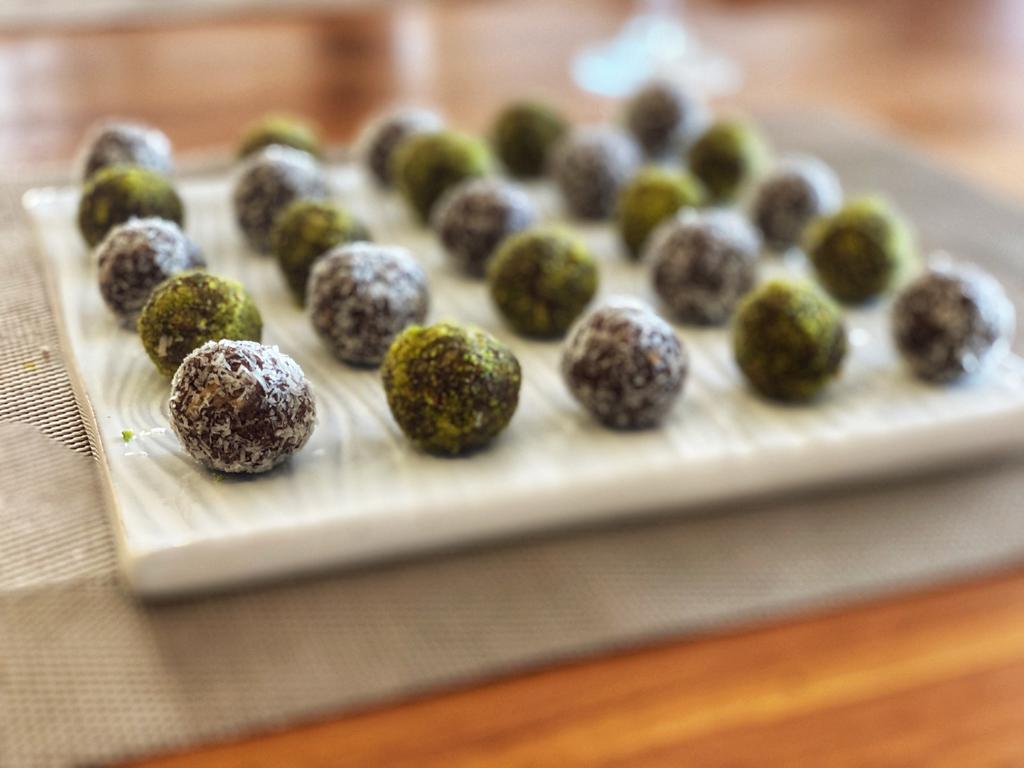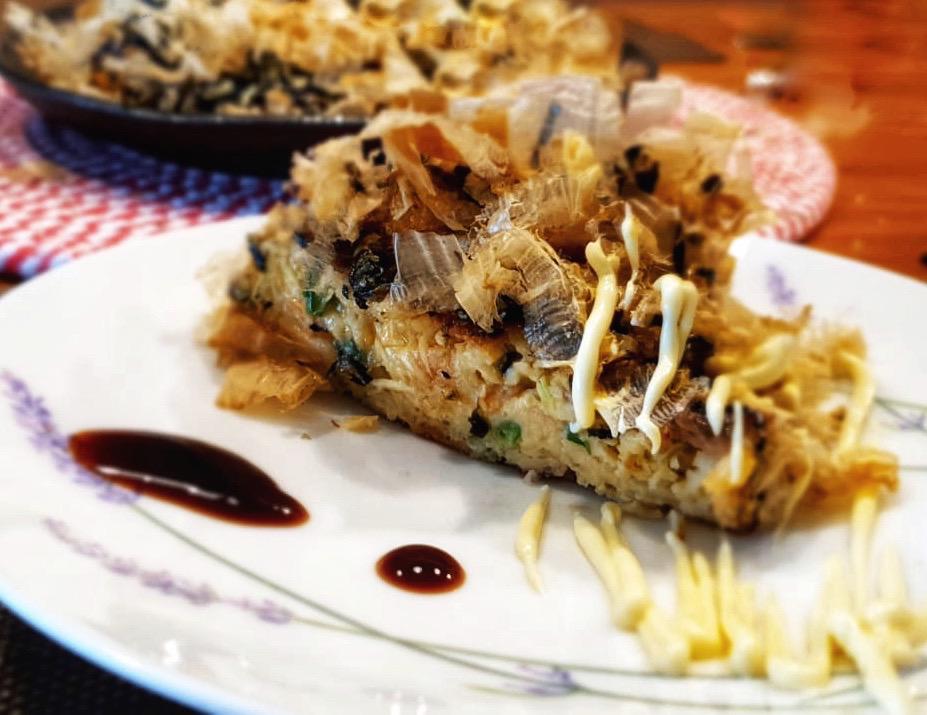For various reasons, Okonomiyaki reminds us of Shakespeare’s As You Like It.
Not only does this popular Japanese dish literally translate into “As you like it – fry/grill”, it’s also a dish that tells of a tale of love manifested in varied forms, a simple dish that transcends generations.
Originating from Osaka, Kansai, the Kansai people are proud of their Okonomiyaki. So much so it’s a regular affair at home, and many spend years perfecting their family recipes.
True to its name, the ingredients, size, texture and way of cooking okonomiyaki vary widely. No two families in Kansai will give you the same recipe!
Some people have likened the Okonomiyaki to the pancake. In terms of texture, we think its closest western counterpart is probably the fritata. In terms of spirit, we think it’s closest to the pizza, because Okonomiyaki is a dish that speaks of shared happiness and love with every slice, among family and friends.
It’s an easy dish to make at home, either on a hot griddle or a skillet. In fact, the hardest bit is shredding the cabbage!
Popular okonomiyaki flavours in Japan include pork (recipe here), seafood, kimchi, cheese, mochi… – the list goes on… you’ll get the gist! In true essence of Okonomiyaki, be empowered to add additional ingredients – As You Like It!
What you’ll need:
Batter:
- 2 cups all purpose flour
- 1 1/4 cup konbu dashi
- 5 eggs
- 30-45g ginger, finely shredded (You can use either Japanese red pickled ginger or fresh ginger)
- 500g cabbage, finely shredded
- 50g spring onion, chopped
- 200g thinly sliced pork belly (preferred for authenticity but can be substituted with bacon)
- 50g Tenkasu (tempura flakes)
- Optional: dried Japanese shrimp (sakura-ebi) for added umami and crunch
Toppings/Garnish:
- Ao Nori (seaweed powder)
- Okonomiyaki sauce
- Japanese mayonnaise
- Bonito flakes
- Optional: seaweed flakes for a an additional layer of flavour
How to make it
- Make dashi, leave to cool.
- Mix flour and cooled dashi to make a batter.
- Stir in vegetables – cabbage, spring onions and ginger. Mix well.
- Add tenkasu and sakura-ebi (if adding)
- Just before cooking, gently stir in the eggs with a pair of chopsticks. Do not overmix so we can limit the formation of gluten in the batter.
- Heat an oiled hot plate/griddle/skillet on medium heat.
- In the hot pan, line the pork in a single layer then spread some of batter over it, approximately 2cm thick.
- Line pork again in a single layer, right on the top of the batter.
- When the edge of the okonomiyaki becomes firm and the meat at the bottom becomes golden brown, flip the okonomiyaki with two spatulas.
- Put on the lid and cook until the meat at the bottom is cooked and turns golden brown.
- Brush the okonomiyaki with Okonomiyaki sauce, mayonnaise and garnish with bonito and sprinkle aonori to serve.
- Repeat with the rest of the batter, without adding any oil. If the pan is too oily, remove some of the oil.
Notes and tips:
- Always use dashi, not water – for a real umami taste
- Feel free to increase or decrease the amount of vegetables, or add other ingredients into the batter (e.g. seafood, cheese, kimchi, chives etc) according to your preference.
- You can make this in any pan size – just be conscious about cooking time.
- Stir in eggs last for a softer texture


